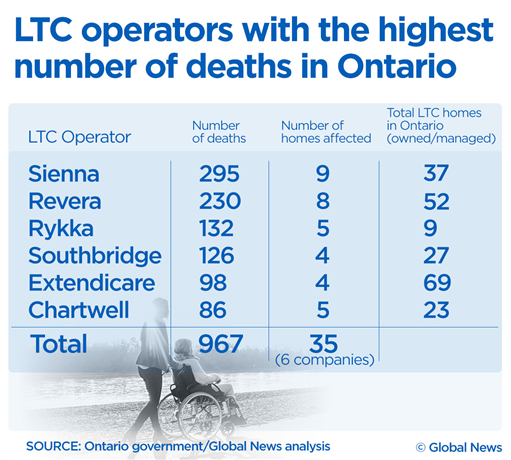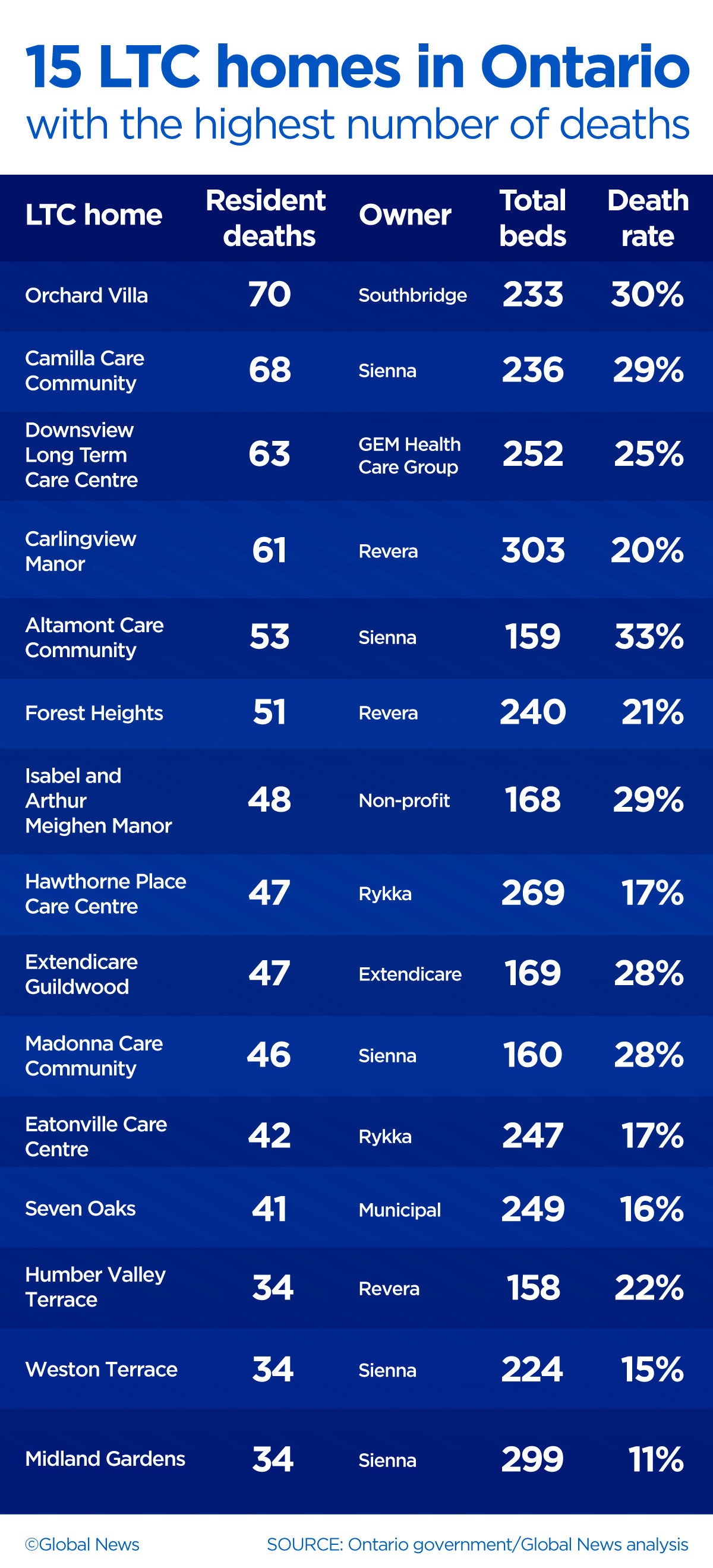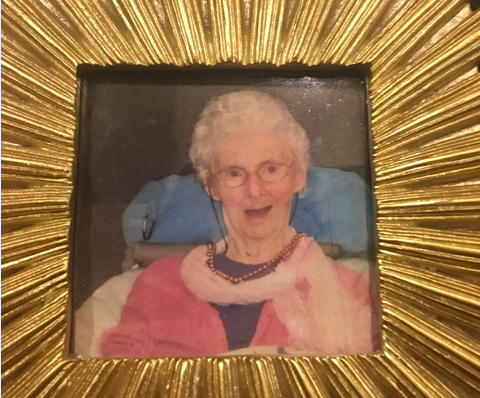Egyptian antiquities officials said some sarcophagi had mummies inside and there were around 40 gilded statues in a vast necropolis south of Cairo

An archaeologist cleans a statue during the unveiling of an ancient treasure trove of more than a 100 intact sarcophagi. AFP
PHOTOS
https://www.thenationalnews.com/world/mena/egypt-unveils-100-coffins-dating-back-2-500-years-1.1111314#11





Egyptian antiquities officials on Saturday announced the discovery of at least 100 ancient coffins, some with mummies inside, and around 40 gilded statues in a vast Pharaonic necropolis south of Cairo.
Colourful, sealed sarcophagi and statues that were buried more than 2,500 years ago were displayed in a makeshift exhibit at the feet of the famed Step Pyramid of Djoser at Saqqara.
Archaeologists opened a coffin with a well-preserved mummy wrapped in cloth inside. They also carried out X‐raying visualising the structures of the ancient mummy, showing how the body had been preserved.
Tourism and Antiquities Minister Khaled El Anany told a news conference that the discovered items date back to the Ptolemaic dynasty that ruled Egypt for some 300 years – from around 320BC to about 30BC, and the Late Period (664-332 BC).
He said they would move the artefacts to at least three Cairo museums including the Grand Egyptian Museum that Egypt is building near the famed Giza Pyramids. He said they would announce another discovery at the Saqqara necropolis later this year.
The discovery at the famed necropolis is the latest in a series of archaeological finds in Egypt. Since September, antiquities authorities revealed at least 140 sealed sarcophagi, with mummies inside most of them, in the same area of Saqqara.
READ MORE

https://www.thenationalnews.com/world/mena/egypt-unveils-100-coffins-dating-back-2-500-years-1.1111314#11





Egyptian antiquities officials on Saturday announced the discovery of at least 100 ancient coffins, some with mummies inside, and around 40 gilded statues in a vast Pharaonic necropolis south of Cairo.
Colourful, sealed sarcophagi and statues that were buried more than 2,500 years ago were displayed in a makeshift exhibit at the feet of the famed Step Pyramid of Djoser at Saqqara.
Archaeologists opened a coffin with a well-preserved mummy wrapped in cloth inside. They also carried out X‐raying visualising the structures of the ancient mummy, showing how the body had been preserved.
Tourism and Antiquities Minister Khaled El Anany told a news conference that the discovered items date back to the Ptolemaic dynasty that ruled Egypt for some 300 years – from around 320BC to about 30BC, and the Late Period (664-332 BC).
He said they would move the artefacts to at least three Cairo museums including the Grand Egyptian Museum that Egypt is building near the famed Giza Pyramids. He said they would announce another discovery at the Saqqara necropolis later this year.
The discovery at the famed necropolis is the latest in a series of archaeological finds in Egypt. Since September, antiquities authorities revealed at least 140 sealed sarcophagi, with mummies inside most of them, in the same area of Saqqara.
READ MORE

Expert races against time to save Egypt’s 4,600-year-old Bent Pyramid
Curse of the pharaohs in the time of Covid: should Egypt be unearthing mummies?
Egypt unearths dozens of 2,500-year-old coffins in major discovery
Egyptian archaeologists found other “shafts full of coffins, well-gilded, well-painted, well-decorated,” Mostafa Waziri, Secretary General of the Supreme Council of Antiquities, told reporters on Saturday.
The Saqqara site is part of the necropolis at Egypt’s ancient capital of Memphis that includes the famed Giza Pyramids, as well as smaller pyramids at Abu Sir, Dahshur and Abu Ruwaysh. The ruins of Memphis were designated a Unesco World Heritage site in 1970s.
Egypt frequently touts its archaeological discoveries in hopes of spurring a vital tourism industry that has been reeling from the political turmoil following the 2011 popular uprising that toppled longtime autocrat Hosni Mubarak. The sector was also dealt a further blow this year by the coronavirus pandemic.
Curse of the pharaohs in the time of Covid: should Egypt be unearthing mummies?
Egypt unearths dozens of 2,500-year-old coffins in major discovery
Egyptian archaeologists found other “shafts full of coffins, well-gilded, well-painted, well-decorated,” Mostafa Waziri, Secretary General of the Supreme Council of Antiquities, told reporters on Saturday.
The Saqqara site is part of the necropolis at Egypt’s ancient capital of Memphis that includes the famed Giza Pyramids, as well as smaller pyramids at Abu Sir, Dahshur and Abu Ruwaysh. The ruins of Memphis were designated a Unesco World Heritage site in 1970s.
Egypt frequently touts its archaeological discoveries in hopes of spurring a vital tourism industry that has been reeling from the political turmoil following the 2011 popular uprising that toppled longtime autocrat Hosni Mubarak. The sector was also dealt a further blow this year by the coronavirus pandemic.



























 © Provided by Global News Image taken outside Marhaven long-term care home in Markham, Ont.
© Provided by Global News Image taken outside Marhaven long-term care home in Markham, Ont.
